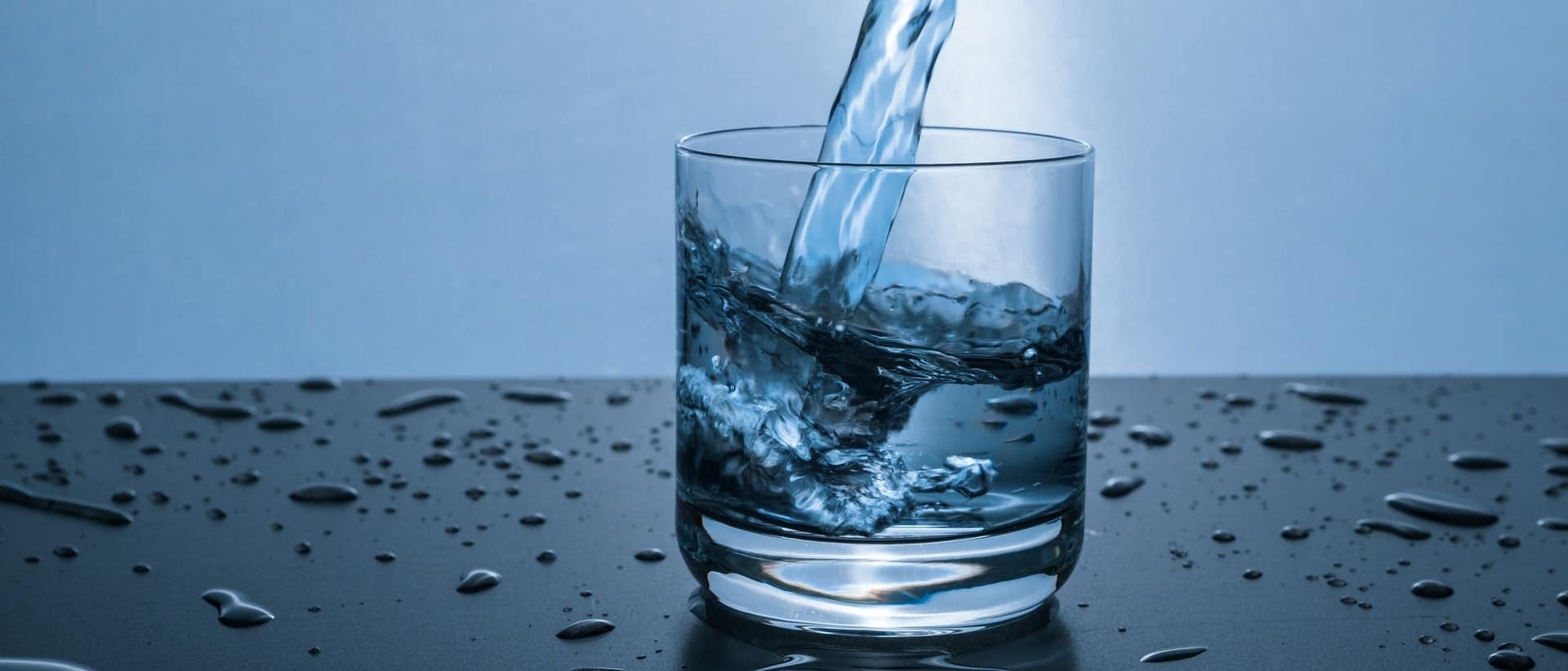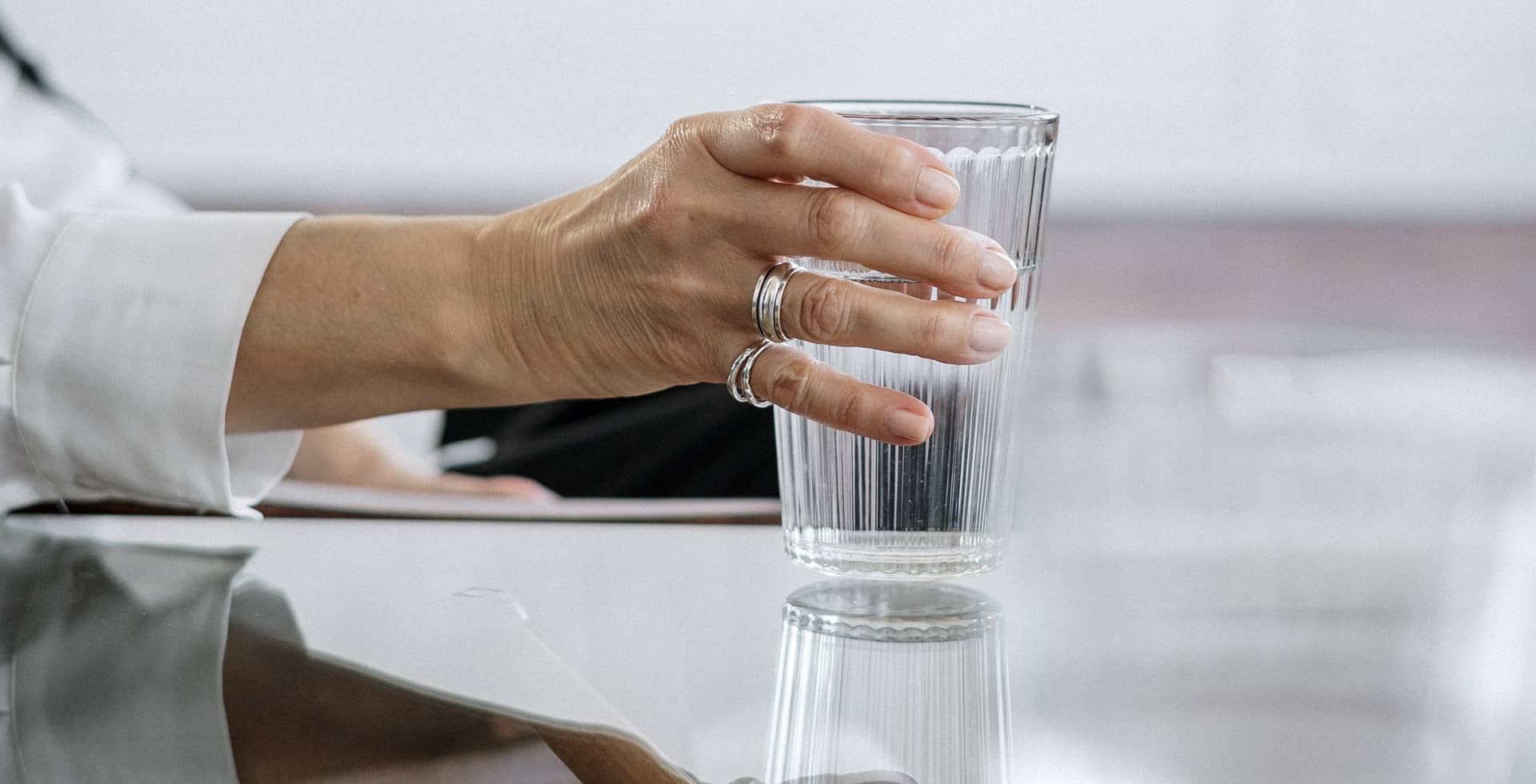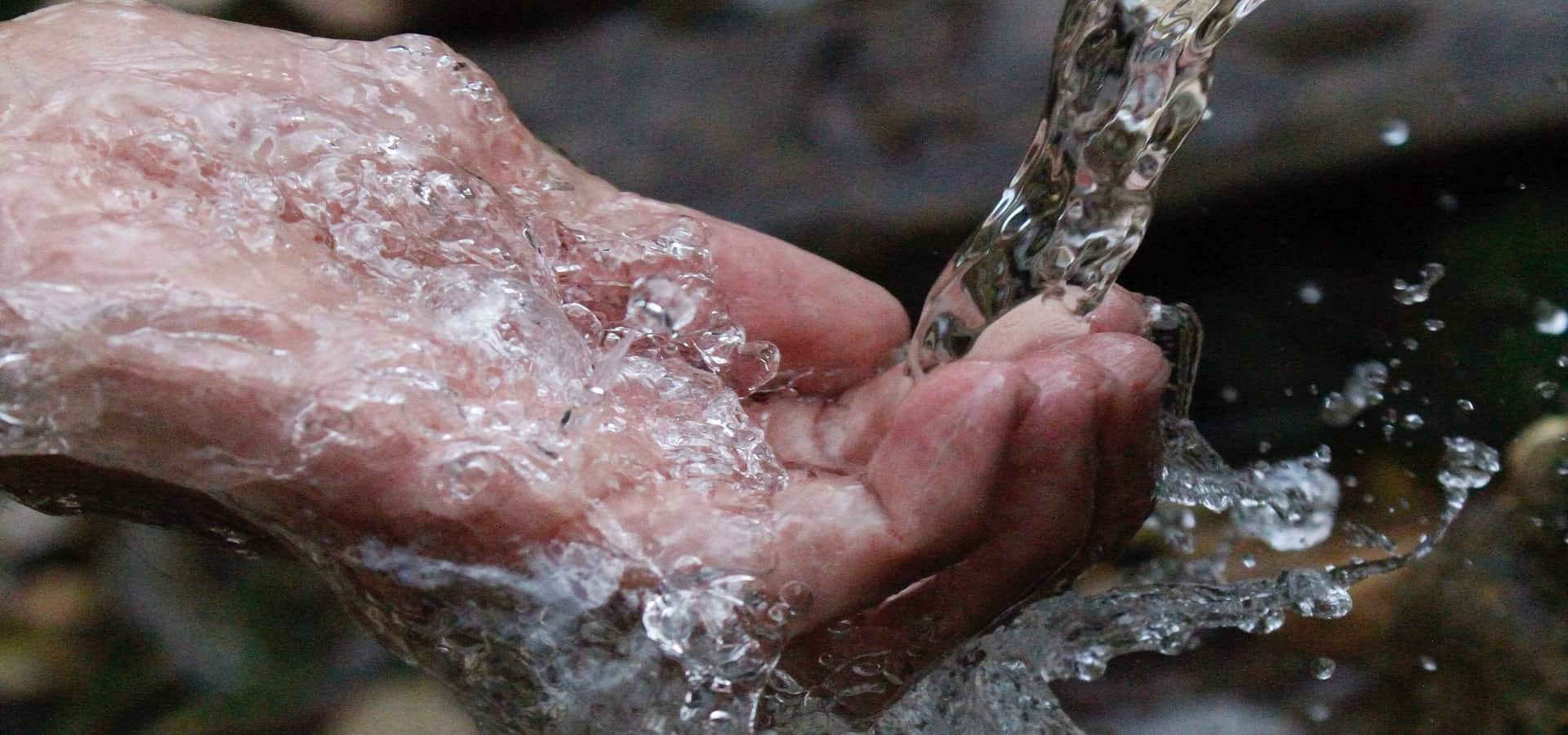It is really not unknown that the Earth is at risk environmentally in many aspects. One of the major aspects and necessities of everyday life is water. Water is not unlimited, Limited through a very rough patch which we called fresh drinking water. To tackle this problem, water treatment was the solution. Do you know Earth 90% of the water body is the saltwater body and cannot drink it, and it is very harmful to health? The freshwater bodies that preserved in a livelihood are very scarce due to human misuse and exploitation.
One of the major and biggest aspects is the modernization and evolution of humankind. The modernization in the vote flourished; the most drastic and destructive aspect of the earth is pollution. Any pollution will have an effect on water dirtying it, making it poisonous. Hence coping up with the challenges, we need to know about water treatment.
Water treatment has become a major and very effective way to preserve water for a generation and future generations so that the earth’s life depends on sustainability and Technology.
Now what is water treatment and what is anything regarding it to it will answer this through this article for your knowledge to preserve water for the future. This article will cover water purification, water purification methods, disinfection of water, the filtration process water treatment process. And all the aspects covering the water treatment topic.
Also read, Importance of water resource.s
What Is Water Treatment?
Let us know from scratch that what is water treatment? As its name suggests, we can already know that it is related to preserving water treating the water right, enabling us to make normal water that is not drinkable to drinking water. This method was commonly found long before when water was beginning to be Limited when the humans realize that water bodies are limited need to be preserved.
Water is a chemical combination of hydrogen and oxygen existing natural environment with the composition of H2O. Treating the water chemically or biochemically with other reactants is very helpful in water treatment as it makes water drinkable, and the motto of sustainability is also maintained in many aspects and sharing the future without any problem.
Definition Of Water Treatment
Water treatment is defined as the process of eliminating any undesirable and poisonous elements from the water following a certain process while treating the water, making it useful and reusable for further use, which can be either drinking or any day-to-day activities. Water treatment upgrades the water quality with the help of certain treatment following a specific process which is healthy, and yields benefit to the human race without wasting water supporting the sustainable life.
Also read, Rain Water Harvesting- Techniques, Advantages & Disadvantage.s

History Of Water Treatment
The whole idea of water treatment was developed in the European continent in the 1800s. There was no disease named cholera, but due to some contaminated sewage water consumption, there was a major Cholera outbreak in the whole city of London. Scientist name Jon snow no I was given credit for finding the disease Cholera. At this moment, while taking precaution, the Us already found that treating water with chlorine makes it more pure and drinkable, killing all the unwanted and undesirable contamination and element.
With this outbreak, the whole question set out how to purify water? Weather time and proper experimentation us release proper standard of water we should be drinkable without any risk or minimum risk of exposure to chlorine, including major steps for creating laws with WHO.
Water Quality Standards According To WHO
The EPA, under the terms of the SDWA ( safe drinking water act), regulates drinking water in the United States. The EPA supervises and regulates wastewater but under the specifications of the Clean Water Act (CWA). Stormwater and emanations into facade water are also monitored under the CWA.
The SDWA sets supreme contaminant levels (MCLs) and processing techniques (TTs) that drinking water must coincide with being examined safe for consumption. The table incorporates microorganisms, disinfectants, and disinfection by-outcomes, inanimate elements, unadulterated chemicals, and many more.
What Are The Different 2 Major Water Treatment Methods?
There are certain different water treatment methods for different water uses that upgrade water quality according to water standards, making it usable. The different water treatment methods for different uses are for drinking purposes, industrial uses, for domestic uses.
The different methods are:
Filteration
This is the most common type of water purification done in water treatment; a device is used cal water filters that have different types of net and mechanism which enable the separation of the water from contaminated particulars also removing the elements killing the bacteria and pathogens which cause several water-borne diseases. Filtration is the most common process use for domestic purposes.
Sterilization
As complicated as the name suggests, the complicated and Limited are its uses. Mainly used in hospitals for treatment of wounds etc. It is also used in industrial labs and experimentation workplaces, making it an important element to test and dilute chemicals. Sterilization is the process in which the water is boiled at a high boiling point, highly evaporating the water evaporating after the process of filtration is collected in a touch-free cylinder or container which is also sterilized at a high boiling point.
The use of sterilized water is also complicated as it will be a waste if you slightly touched the late or the opening of the bottle; everything you do with sterilized water will include sterilized instruments and care.

3 MainWater Treatment Process
There are many different methods that people preserve and use water for drinking purposes, but we will discuss the more standard water treatment process and this article that our municipalities use. First, let us know about the natural water sources. As we all know, different drinking water comes from rain, different water bodies, and underground water.
We also know that water purifies the unwanted element and exclusions from the land. This is done by proper water cycle naturally, but due to pollution, this water cycle cannot glance the water, making it undrinkable, and also we have heard about what suspended particulate matter and acid rain is. So what is a proper water treatment process according to the given standard, which is healthy for us and supports sustainable development?
Now, after the background information, let’s go through what are the steps of the water treatment process:
Dilution
Dilution is mainly used for industrial water treatment process as the level of water pollution is growing day by day, so the poisonous residues are being left as waste. Earlier, there was no tension of disposing of the waste as they were dumped into the land of the most common option they were flown into the river or any water body so that the effects of the waste cannot harm anybody. The process of throwing the waste directly into water bodies nowadays can now cause severe pollution and harm to aquatic life, disturbing the food chain, increasing Global Warming.
Hence, the ultimate way to overcome this problem was the dilution of the chemical and poisonous waste produced by the industrial sector and treating it so that the base that is excreted into the river and lakes can not harm the aquatic life of water bodies. As the dilution term suggests, it means the Chemicals and all the residues and wastes a diluted so that they cannot reach the level of harm to any form of life and environment.
There are also different water treatment methods used for dilution, which we will discuss later on.
Coagulation and Flocculation
When it comes to drinking water, The main question stands out loud how to purify water and the steps to water purification. As we all know, chlorine is a water cleaning element, but before that, there are certain steps and that certain steps first come with the filtration process or how the filtration of waterworks.
There are two distinct methods of going on with the first step of water purification that is the filtration process. They are as follows:
Coagulation is the process where the waste is printed through passing mass electricity neutralizing the balance on both sides, which helps to settle the wastes on the bridge or trap created. Coagulate is added to stabilize the charged particle in the process of filtration for settling in the waste in the trap.
Flocculation is the process where the particles are released into the water that creates groups that gradually become heavier and settling into the bottom, separating themselves as a waste; these agents are called flocculants.
These processes are done before settling why these wastes are settled down then Water the removal of the waste from below the water without disturbing them is known as settling.
What is sedimentation?
Sedimentation is also another process of filtration, which is the most traditional and easiest way. We all have experienced how to sediment a substance, or how do sedimentation works? in a standard 10 curriculum or before in standard 8 curricula.

Sedimentation is a process of letting suspended particulate matter that is harmful in the water settles down with the help of gravity without disturbing it. After sedimentation was used traditionally, people used boiler water, collect the evaporation sterilizing it or simply boiling it long enough to make it drinkable.
Disinfection Of Water
As the name suggests, the disinfection process removes all the bacteria and all the harmful fungi and algae poisonous to our health, making the water drinkable.
The disinfection of water can be done in many ways, but the most common and traditional ways are boiling the water, sterilizing water, adding chemical substances such as chlorine also into water.
Conclusion
Though we are treating water now as a very important resource for the continuation of our lives on earth, we must always keep in mind that water is not for forever and always try to save it as we now know that what is water scarcity and water importance in our life. The resources that nature gifted us and the environment let us use it now are at risk of questioning our survival upon Earth.
So we must be very careful and extremely observant about the water scarcity, and the process of treating it as the pollution is also growing up with the modern world, making it very harmful for health.
We now know that our future generation depends on us for these resources to pass on, so we must bear the responsibility to make a better and sustainable at all cost.
5 Frequently Asked Questions About Water Treatment (FAQ’s)
Here are some common questions listed below that people ask for more frequently:
Question 1: Is there any method that is perfect in every way?
Every method, such as well decoration purification sedimentation, will have its own cross and pros. But the perfect method can be the mixture of every method in a balanced way so that the water is drinkable and healthy; this is water municipality to check the water is drinkable or not or useful in domestic use in various certain different standards which go through many different processes as there is no single method which can be overall protective about polluted water still two name evaporation can do its work fine and better than every method but viruses like ebola can resist heat at a very high temperature and are contaminated spreading to liquid substance more successfully.
Question 2: What are water-borne diseases?
It term suggests water-borne diseases are diseases or infections, or allergies caused by polluted or dirty water. Diarrhea, Cholera, typhoid are some common diseases, to name a few. Infections such as rashes and skin diseases are from using dirty water is also common in many areas as people, and careless about using the polluted water as water itself has become so precious that people are forced to drink water from dirty Wells and see even sewage water.
It can be evident that India comes first when it records the number of waterborne disease cases as more in most of the slum area around 60 % 50 % of the population had at least one disease at a very young age. The government also needs to focus on this problem as also there is a scarcity of water; there are also many polluted water bodies that people are forced to drink for daily survival.
Question 3: Is there any alternative to water disposal of waste?
The most convenient way is the disposal of waste after dilution, but the government has also made strict disposal standards by law; if not followed, the industries can result paying a serious fine or even will be forced to close by law. Alternative ways are also costly that only big companies can afford. The small companies cannot afford; hence, they maintain a proper balance of dilution before the disposable of waste in water bodies.
Question 4: Will this result in global warming?
Yes, this will result in global warming as the cooling agent is also known as water. If the cooling agent is not present, then how come the land to cool down water will evaporate making the balance between Earth and the Sun increasing the global warming and the waste disposal will also promote the water pollution, which will increase the temperature of water bodies affecting the aquatic life, affecting the food chain eventually all key elements are very vital for our survival which is to be maintained at any cost.
Question 5: Is water treatment really necessary?
Nowadays water treatment is very necessary as the pollution level, and the number of diseases has gradually Kaun a because of the vast and extensive population and the Environment Degradation day by day it is very important for us to follow certain rules and Motors in life to save the Earth for our future use and a better future generation.
